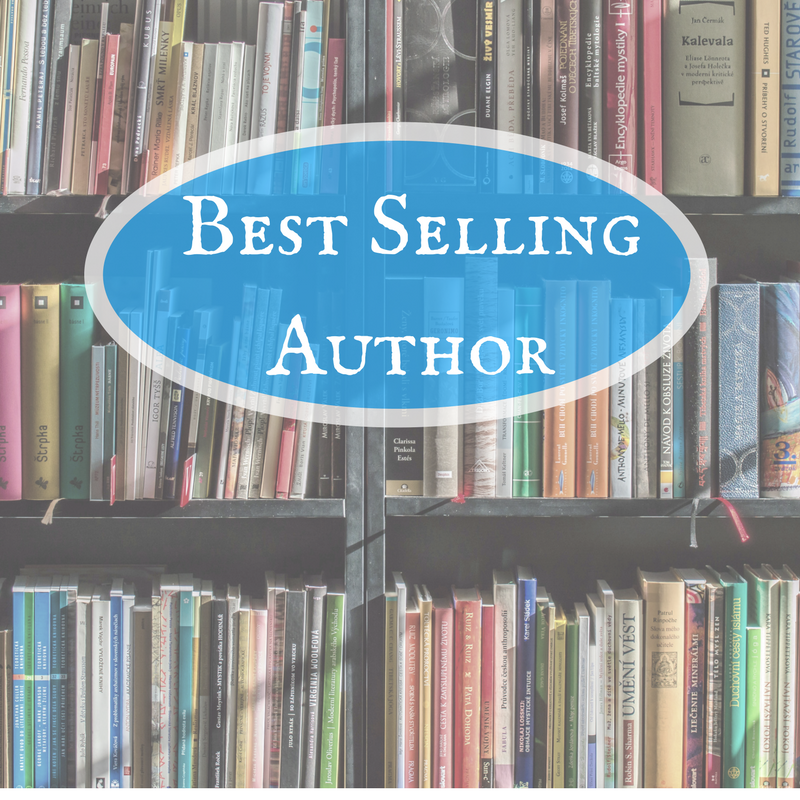
Should Your Romance Contain a Trope?
In case you’re unfamiliar with the word trope, let’s define it. A trope is a character trait or plot…
September 23, 2020
In case you’re unfamiliar with the word trope, let’s define it. A trope is a character trait or plot…
September 23, 2020
In the romance genre, it’s a given that your hero and heroine will end up together for a happily…
August 23, 2020
Point of view (POV) is essential in all forms of fiction to describe the action as the character experiences…
July 23, 2020
In today’s world of literature, no matter what genre you read, you are likely to come across romance. I…
June 23, 2020
When I first visited upstate New York several years ago, I kept getting the feeling I’d been there before,…
May 23, 2020
In my opinion, anyone who says they don’t have time to read might as well say they don’t have…
February 28, 2020
Can you share a little about your recent book? I started out wanting to write another Christmas story and…
February 1, 2020
If you are writing a clean or Christian romance, you still need to build tension in your story. Depending…
January 23, 2020
As a little girl I was enthralled with the classic Disney tales of princesses finding their “Prince Charming” and…
December 23, 2019
Once upon a time a romance novel plot included a heroine who wanted the hero to kiss her, but…
November 23, 2019
In my last column, I wrote about the first meeting. Now that your characters have met, the first blush…
October 23, 2019
What do you think about when you think of romance? Oh sure, there are the typical things like boy…
September 23, 2019
Can you share a little about your recent book? Two of my novellas have released this year. The first…
August 1, 2019
The fact that you are writing a romance it’s a given that your hero and heroine have to meet…
July 23, 2019
Romance used to be so formulaic—boy meets girl, they fall in love, something threatens their relationship, but in the…
June 23, 2019
We’re well into spring in most of the country, which means for writers, we’re also well into contest season.…
May 23, 2019
Jolina Petersheim is the bestselling author of How the Light Gets In, The Alliance, The Midwife, and The Outcast, which Library Journal called “outstanding…
May 1, 2019
Jill Kemerer and Jessica Patch join me for a Behind the Scenes look at the Resort to Romance Series—ten…
March 26, 2019
When writing a Christian romance novel, should your hero be perfect? I entered a writing contest a few years…
March 23, 2019
What’s in a name? That which we call a rose By any other word would smell as sweet ……
February 23, 2019
If you’ve been reading my column for any amount of time, you know it’s no secret that I am…
February 4, 2019
Novelists Unwind Guests Mary Connealy wrote twenty books in ten years–before a single one was published. But her tenacity…
January 26, 2019
Have you ever wondered what the opposite sex is thinking while you’re thinking? Men, as a rule, think in…
December 23, 2018
Romance with suspense or romance with glamour? Why pick one when you can have both? Lynette Eason I met…
September 26, 2018
I’m excited to share two debut author interviews with you. Heidi Chiavaroli and I chatted a few months ago…
August 26, 2018